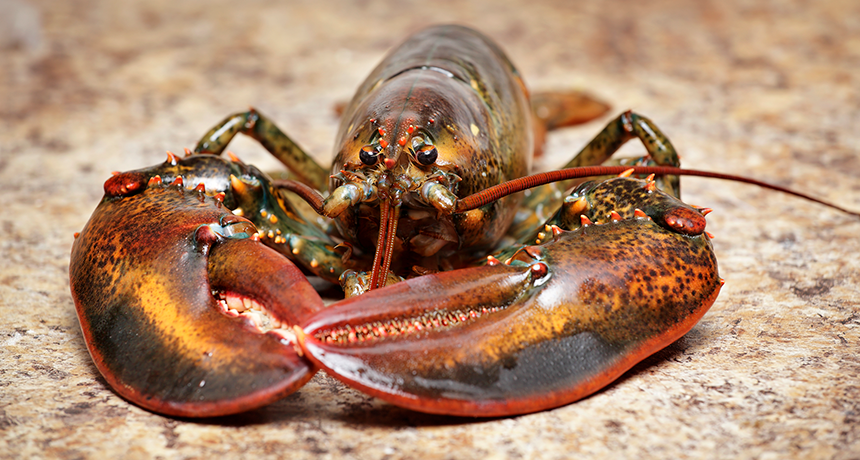Questions for ‘Warming pushes lobsters and other species to seek cooler homes’

As climate change warms the Atlantic, the range of the lobster is shifting north. Lobsters are just one of many species around the world reacting to global warming.
temmuzcan/iStock/Getty Images Plus
To accompany feature “Warming pushes lobsters and other species to seek cooler homes”
SCIENCE
Before Reading:
1. As Earth warms, some organisms may find the environment uncomfortably hot. Give two likely examples and how they might cope.
2. Climate scientists hope to keep the overall average climb in global temperatures to under 2 degrees Celsius. That’s not a big number. How likely do you think that increase is to affect most plants and animals?
During Reading:
1. According to oceanographer Andrew Pershing, why have lobsters been moving to Maine since 1991 from elsewhere in New England? And does he anticipate this is a permanent move for them?
2. What have been the four hottest years on record, globally? And how much have global average temperatures climbed since 1850?
3. What share of species have been changing their home range (where they live), according to Gretta Pecl?
4. Why does Pecl describe a mapping of these changes as a “fuzzy” fingerprint of climate change?
5. What’s been the average distance land-based species have been moving poleward per decade? How about aquatic species?
6. What is the commercial value of the North American lobster industry, based on the story?
7. Malin Pinsky and his colleagues have studied how much farther fishing fleets have had to travel to find their target species since 1996. The story cites one change in distance for trawlers out of Beaufort, N.C. How big was the change?
8. Gretta Pecl described one instance of how the movement of one marine snail might affect indigenous Tasmanian women. Why do those women care about this snail?
9. What did Amanda Koltz learn about the effect of Arctic warming on the wolf spiders she studies in Alaska? And how does she think that might affect their ecosystem?
10. What is phenology, and how is it playing out in the wildflower meadows that Janneke Hille Ris Lambers studies?
After Reading:
1. Earth’s climate has been changing throughout history. What makes those temperature changes reported in this story different — and why should we care about their impacts on wild species?
2. Choose the work conducted by one of the researcher teams mentioned in this story. Imagine that you were going to join the team and do follow-up work in that same general area. What would it be? How long do you envision that your team would collect data to identify any meaningful trends over time? What would your hypothesis be for this new study?
MATH
1. Use the numbers from the story on the increased travel that the Beaufort, N.C. fleet had to make between 1996 and 2014. If that rate of increase remains the same over time, how much farther would the fleet have to travel by 2020? How about by 2035? Show your work.
2. How valuable did the story say the North American lobster industry is? Now, if that lobster industry crashed and only two-thirds as many pounds of lobster were caught, by how much might that lower the total value of the fishery? What if diners loved lobster so much that they were willing to pay double the current price of lobster (even as the fishery harvest was only two-thirds as large as it used to be)? How much would the value of that fishery now be? Show your work.